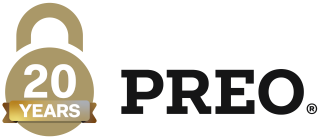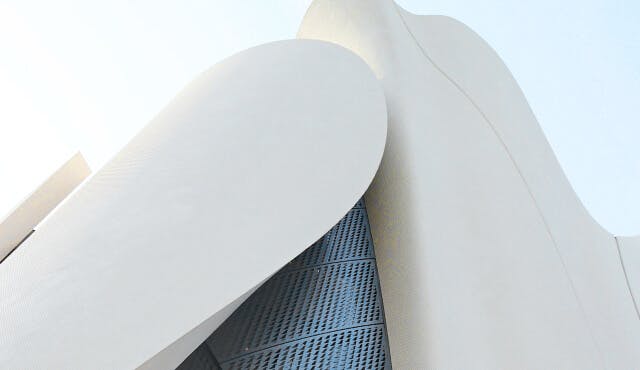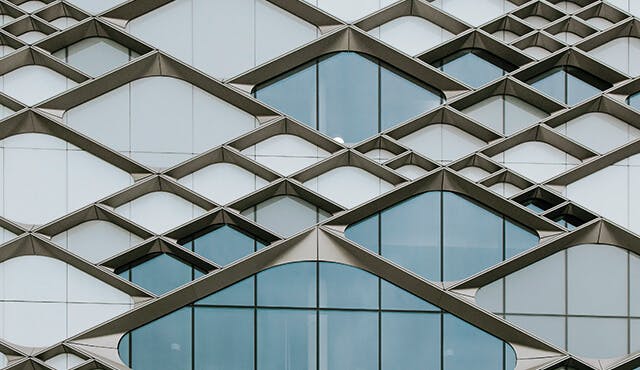Date:
1 Nov 2023
Author:
PREO AG
Green IT
How do companies structure their software asset management in a sustainable way
How do we manage to align our collective social and economic actions over the next two decades in such a way that we are largely climate neutral within the EU? Above all, we should lose no more time and begin as quickly as possible at all levels to conserve resources and save CO2. But this is often easier said than done. The larger a company, the more numerous, diverse and thus also un-manageable are the respective activities that cause climate-damaging emissions. But which areas contribute to a company's corporate carbon footprint and how much, how can transparency be created and where can direct positive effects be achieved?
In this blog post, we focus on the IT sector and use the example of used software to show why this is a genuine green IT solution that not only noticeably relieves the licence budget, but also conserves resources in the long term and sustainably saves climate-damaging CO2 emissions.
Green IT Solutions as part of the corporate strategy
It is therefore about time to address sustainable management at all levels. This requires a clear and transparent strategy, especially for medium-sized and large companies, as well as concrete action guidelines for individual areas, departments and organisational units.
Determining the corporate carbon footprint (CCF) is an important first step. This describes the total amount of greenhouse gas emissions (GHG), including CO2 emissions, that are generated directly or indirectly by a company's business activities. In order to be able to distinguish and allocate the emissions causally, they can be categorised according to the Greenhouse Gas (GHG) Protocol Corporate Standard into Scope 1, Scope 2 and Scope 3 emissions. This categorisation is primarily used to distinguish direct and indirect emissions from each other, while ensuring that two or more companies do not record emissions in the same scope. The scopes differ as follows:
Scope 1 = direct emissions
These originate from sources for which companies are directly responsible or controlled in the course of their business activities. These include emissions from energy sources at the company's site, such as natural gas and fuels, coolants, emissions from the operation of boilers and furnaces or from the company's own vehicle fleet.
Scope 2 = indirect emissions
Here, only those from purchased energy, such as electricity, steam, district heating or cooling, are allocated that are generated outside the company's own system boundaries but consumed by it.
Scope 3 = indirect emissions within the value chain
This category includes all indirect emissions that occur along the value chain of companies. To clearly distinguish between categories 2 and 3, the US Enviromental Protection Agency (EPA) describes Scope 3 emissions as "the result of activities from facilities that your company does not own or control, but your company directly influences those activities within its own value chain." Although these emissions are not controlled by the company, they may well account for the largest share of GHG emissions. A further differentiation is made here into upstream and downstream emissions within a company's value chain, depending on whether they are related to goods and services purchased or sold.
In order to continuously drive the necessary changes, the EU's Corporate Sustainability Reporting Directive (CSRD), among other things, ensures that the documentation and disclosure obligations that already exist in the context of sustainability reporting will be gradually expanded from the current 11,700 companies across the EU to about 50,000 companies as of next year. Against this background, the IT sector is also obliged to make and document a measurable contribution to more sustainability.
Under the keyword Green IT Solutions, the following two aspects, among others, play an important role.
- The extension of usage cycles for hardware and software products, especially when using widely used standard software, for example from Microsoft or Adobe.
- The systematic secondary use of software, either through the purchase or sale of used software licences, for example for use at stationary workplaces with similar requirement needs.
In addition, the total IT-related energy consumption plays an essential role with regard to the development of the corporate carbon footprint. In particular, the operation of a company's own data centre offers interesting and climate-friendly options for action, which we will discuss in a separate article at a later date.
Green IT Solution Used Software - Secondary Recycling without Loss of Quality
Does it always have to be new goods? This question will be asked more and more often in the future, also in the IT sector. Sharing and reusing software is an extremely attractive and immediately realisable option with which companies can make and document an effective contribution to more sustainability - a true Green IT Solution.
Most companies invest large sums in their IT infrastructure every year in order to be up to date. Even with standard software such as Microsoft Windows or MS Office, a new licence version is released on average every two to three years to replace the existing one. New versions, however, usually exceed the needs of everyday work, so that in most cases, tried-and-tested predecessor versions continue to meet specific requirements for several years, with full manufacturer support. However, since software, unlike most consumer products, does not age and does not show signs of wear and tear, it is particularly suitable for reuse. Provided that all legal requirements for the transfer of licences are met, there is nothing to be said against a second or third recycling and thus the entry into a sustainable and resource-saving circular economy.
That sounds interesting? The PREO licensing experts will be happy to advise you personally and show you how you can sustainably relieve the IT budget of your company with used software and actively contribute to climate protection.
The hardware factor - longer in use through used software
However, Green IT Solutions do not only consist of a resource-saving use of software. The effects are even greater in the hardware sector. Due to their component diversity and special raw materials such as rare earths, desktop and mini PCs, notebooks and servers cause large amounts of climate-damaging CO2 emissions during global production. This is confirmed by the German Öko-Institut e.V. on the basis of a study conducted in 2016.
The problem: The average internal company usage cycle of the hardware listed is extremely short at 4.9 years. Since hardware and software are always matched to each other for system-related reasons, a significantly more powerful software upgrade often also causes a physical hardware upgrade, as the example of Microsoft Windows 10 clearly shows: Compared to its predecessor Windows 95, it requires about 40 times more processor power, 250 times more RAM and 320 times more hard disk capacity. The aim is to break this spiral of more and more in the long term and to significantly extend the usage cycles for both software and hardware. Companies not only save on expensive acquisition costs, but also conserve global resources and reduce their carbon footprint.
Green IT Solution used software - the advantages at a glance
By integrating used software into their existing software architecture, companies or public administrations not only benefit from high price advantages compared to the respective new version, but also score in terms of green IT. The advantages of buying or selling used volume licences from or to PREO are obvious:
- You actively promote the circular economy in your software asset management.
- You extend the usage cycles of your hardware and conserve global resources.
- You are already making an effective contribution to corporate digital responsibility.
- You prove that Green IT Solutions are an important factor in reducing your company's corporate carbon footprint.
The PREO philosophy: More efficiency and sustainability for thousands of companies
Since the legalisation of the resale of used standard software by the highest courts at national and EU level in 2012 and 2013, we have helped more than 5,000 companies, organisations and public institutions to achieve high savings and more sustainability in their software asset management with the legally secure transfer of well over one million licences. It is not without reason that we are now one of the market leaders in the European trade with used software. We will continue to be committed to this claim in the future.
Used software from PREO - sustainable, efficient and audit-proof
Are you planning to use second-hand software, for example from Microsoft or Adobe, not only to save resources but also to break new ground in terms of green IT solutions? Then take advantage of the free and non-binding initial consultation with the PREO licensing experts and benefit from
- high savings in running licence costs compared to the respective new version of up to 70 percent and in individual cases even more.
- Many years of experience and competence in integrating used software into existing software architectures, including hybrid systems.
- 100 percent legally and audit-proof licence acquisition with maximum transparency in all processing steps including complete documentation in the PREO licence portal "Easy Compliance".
- Existing capacities for software licence management in large IT infrastructure projects with thousands of workstations and transnational locations.
- Our reference projects, which we have already successfully implemented for numerous well-known companies from a wide range of industries.









